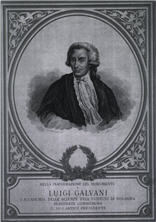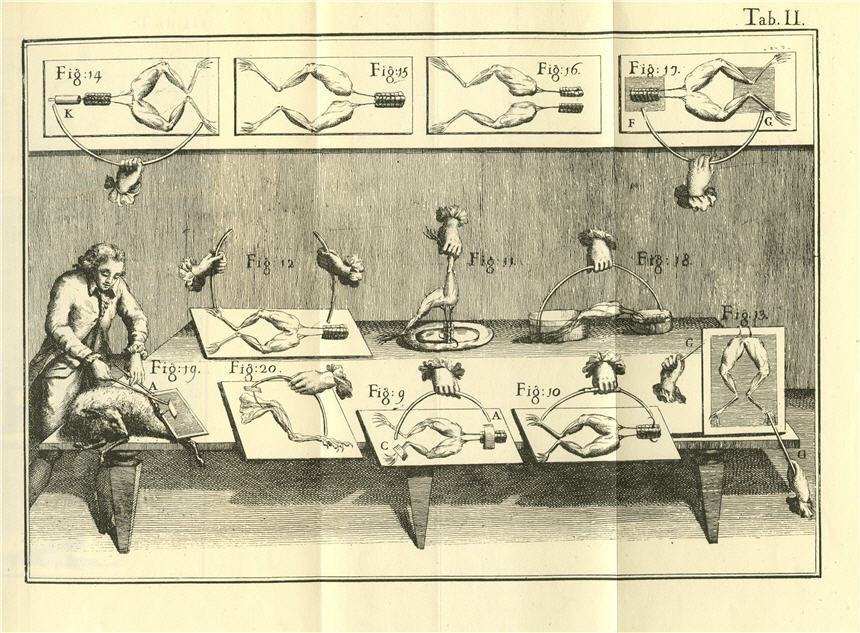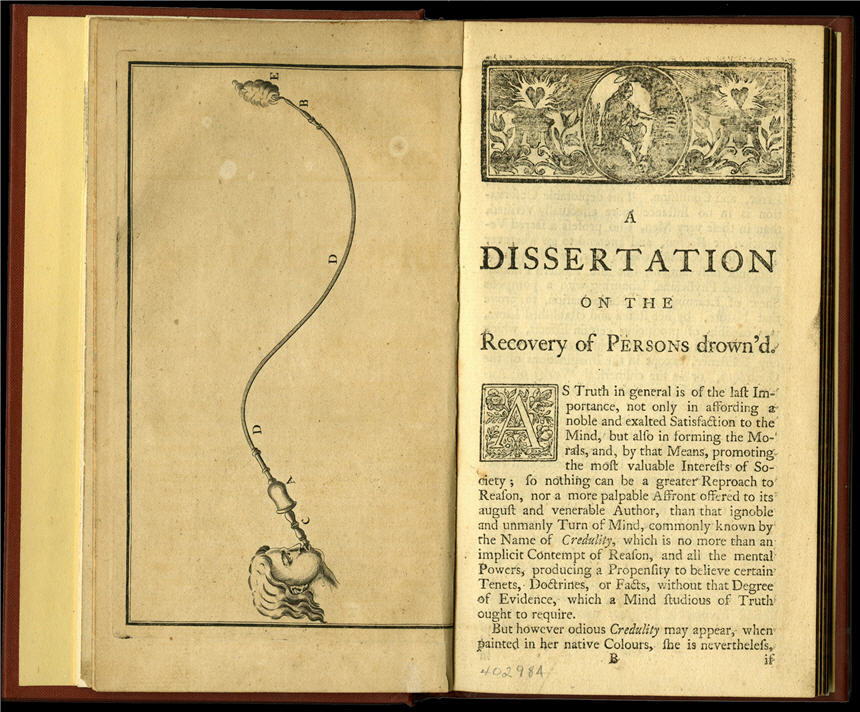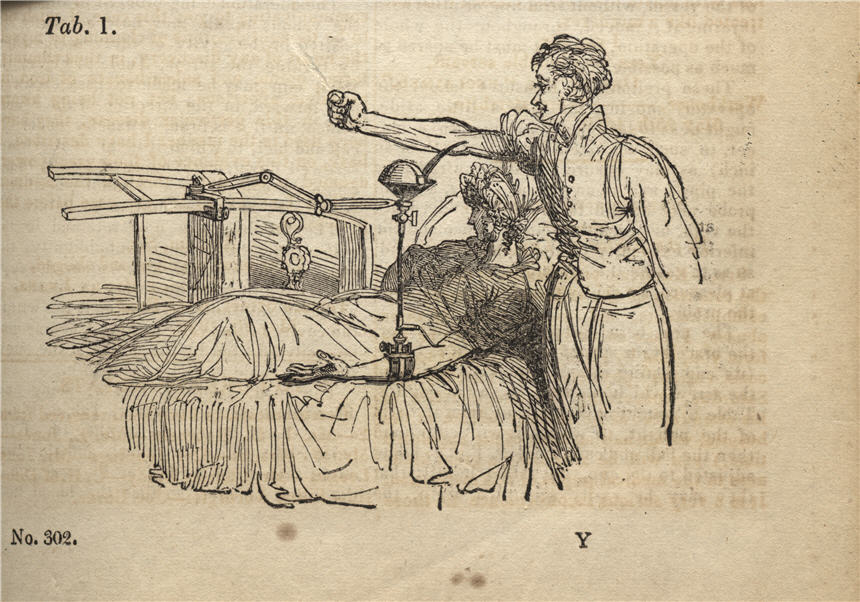Mary Shelley’s Frankenstein reflected the interest of early 19th-century physicians and natural philosophers in human dissection and experiments on animals, as they explored the possibilities for generating life, resuscitating the drowned and the newly dead, and reanimating dead tissue using electricity. These researchers sought to benefit humankind and to end death and disease through their investigations into “the secrets of nature.”
Illustration from De viribus Electricitatis in Motu Musculari Commentaries (Commentary on the Effect of Electricity on Muscular Motion), 1792
Author: Luigi Galvani (1737—1798)
Courtesy National Library of Medicine
In a quest for the principle of life, Luigi Galvani (1737–1798), a professor of anatomy at the University of Bologna, performed an extensive series of experiments in “animal electricity” or “galvanism” in the 1780s and 1790s.
-
Illustration from Essai Théorique et Expérimentale sur le Galvanisme, tome premier (Theoretical and Practical Essay on Galvanism, first volume), 1804
Author: Giovanni Aldini (1762—1834)
Courtesy National Library of Medicine
Italian physician Giovanni Aldini administered electricity to the bodies of newly executed criminals.
A Physical Dissertation on Drowning, 1747
Author: Rowland Jackson (1720—1784)
Courtesy National Library of Medicine
Resuscitation of those who appeared to be dead was of interest to many people. In the second half of the 18th century, humane societies operated receiving stations where members attempted to revive drowned persons using such devices as resuscitation bellows (pictured on the left page). When Percy Bysshe Shelley’s first wife, Harriet Shelley, was found drowned in London in December 1816, she was taken to one of the receiving stations, but efforts to revive her were unsuccessful.
-
Blundell’s Gravitator from The Lancet, June 13, 1829
Courtesy National Library of Medicine
In the early 19th century, English physician James Blundell introduced human-to-human blood transfusion in a desperate effort to save the lives of dying patients.







